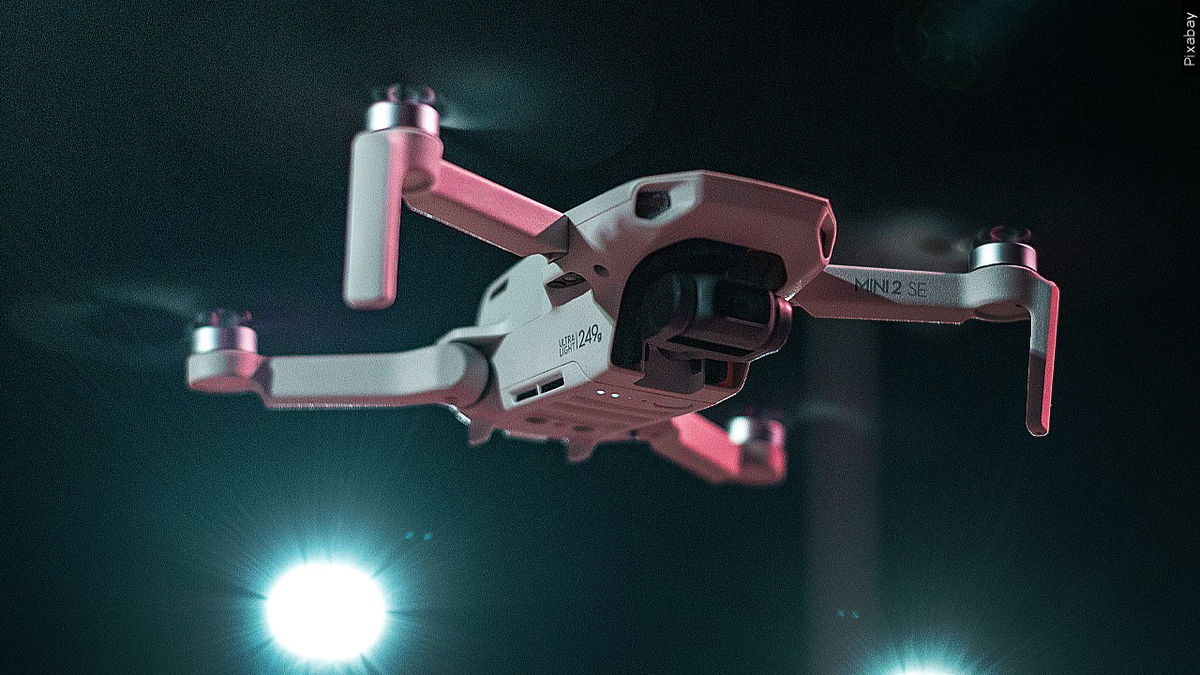RivCo board approves new policy on agencies’ deployment of drones

City News Service
RIVERSIDE, Calif. (KESQ) – The Board of Supervisors today directed agencies to establish individually tailored policies related to the deployment and use of unmanned aerial systems — generally known as “drones” — to ensure compliance with federal regulations and safety parameters.
The Executive Office sought and got the board’s 5-0 approval of the new policy, A-76, which establishes the need for agencies to craft guidelines for use of drones, night or day.
“I’m in support of this,” Rancho Mirage resident Brad Anderson told the board ahead of its vote. “The public needs to know who is flying, where they’re flying and why they’re flying these drones.”
The county Sheriff’s Department has utilized the remote-controlled aerial vehicles for years, but other agencies are integrating them into their operations, too.
“Although many county departments currently use these systems successfully, it is prudent to communicate to the public and department personnel that the county has taken action to ensure safe and responsible operations of these systems,” according to an EO statement posted to the board’s agenda. “It is important to differentiate that these systems are being used for governmental purposes and not for recreational purposes.”
A-76 mandates that agencies clarify when drones may be used under Title 14 Code of Federal Regulations Part 107. The Federal Aviation Administration regulates unmanned aerial systems.
New policies must incorporate training requirements and responsibilities for “remote pilot in command,” “person manipulating controls” and “visual observers.”
Agencies will need to ensure compliance with licensure requirements under Part 107.
“Guidelines shall include unit composition,” according to the EO. “County UAS operations shall be comprised of those personnel recognized as qualified and assigned by county departments or districts and may include a UAS coordinator, RPIC, VO and others as deemed necessary. An individual may fulfill multiple roles.”
Key features of each agency’s UAS operational standards will include “steps to ensure the UAS will pose no undue hazard to other people, other aircraft or other property in the event of a loss of control of the vehicle for any reason,” and that all “reporting requirements … meet or exceed current county standards if a flight operation results in injury or property damage,” according to the provisions of A-76.
There should be limitations on night operations, officials said, and each department will be required to maintain adherence to any changes to federal law.
Drones are generally required to remain at or below 400 feet vertical distance from the highest obstacle or terrain and not be operated in the immediate vicinity of airports or other locations where they could pose a hazard. However, the FAA does permit waivers that are considered on a case-by-case basis.
Agencies now have 60 days to draft UAS policies and submit them for review.